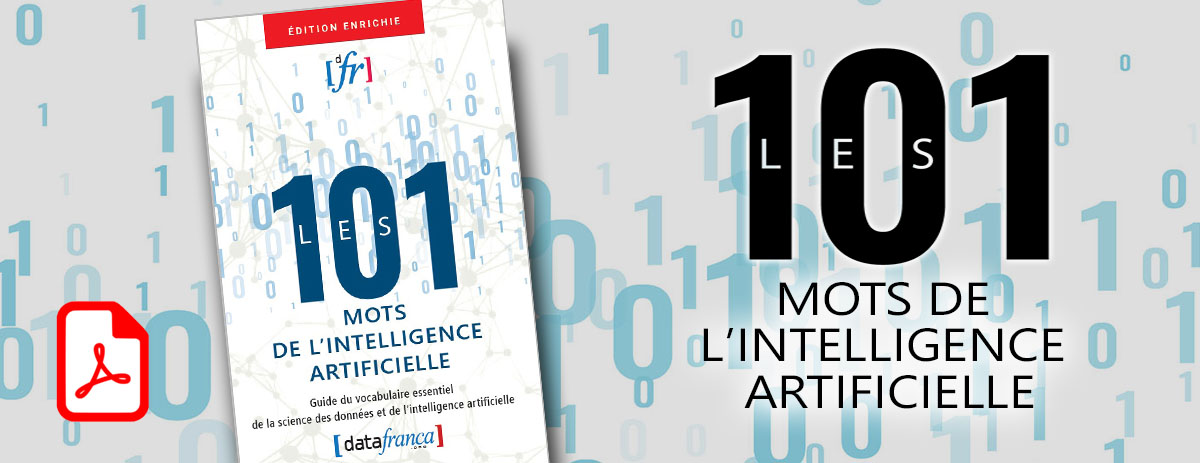« Requête enrichie par graphes de connaissances » : différence entre les versions
Aucun résumé des modifications |
Aucun résumé des modifications |
||
| Ligne 5 : | Ligne 5 : | ||
== Français == | == Français == | ||
''' | ''' enrichissement par graphes de connaissances ''' | ||
== Anglais == | == Anglais == | ||
Version du 24 septembre 2024 à 13:38
en construction
Définition
XXXXXXXXX
Français
enrichissement par graphes de connaissances
Anglais
Chain-of-Knowledge
Chain-of-Knowledge framework
The CHAIN-OF-KNOWLEDGE framework has two main components: dataset construction and model learning. For dataset construction, the authors first mine compositional rules from knowledge graphs. These rules represent patterns of how different facts can be combined to infer new knowledge. They then select knowledge triples from the graph that match these rules. Finally, they use advanced language models to transform the structured knowledge into natural language questions and reasoning steps. For model learning, they initially tried simply fine-tuning LLMs on this data. However, this led to "rule overfitting" where models would apply rules even without supporting facts. To address this, they introduced a trial-and-error mechanism. This simulates how humans explore their internal knowledge when reasoning, by having the model try different rules and backtrack if it lacks key facts.
Source
Contributeurs: Arianne Arel, Claude Coulombe, Espanol: JSZ, Patrick Drouin, wiki










